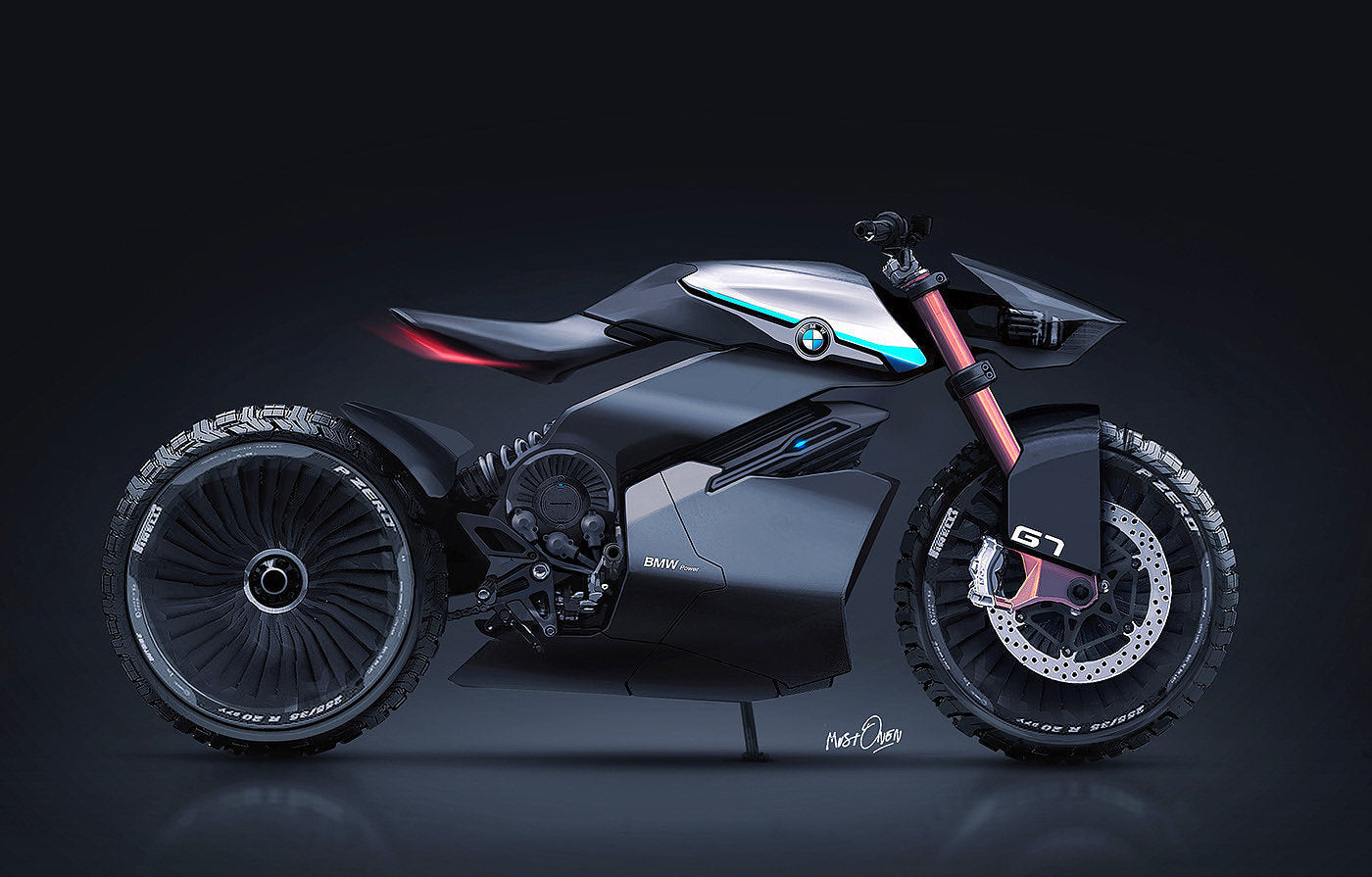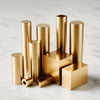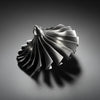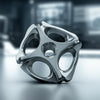CNC Machining Custom Motorcycle Parts

Customizable Elements of The Motorcycle
When replacing motorcycle components, you may find standard parts unavailable through conventional retailers. The solution lies in sourcing custom CNC-machined parts directly from specialized manufacturers.
Motorcycles, being structurally straightforward compared to automobiles, offer extensive customization potential. Riders can configure their machines to exact specifications – ranging from basic cosmetic enhancements like custom paintwork or decal applications, to functional upgrades using precision-engineered CNC components.
Wheel Customization

The aesthetic impact of wheels cannot be understated. Motorcycle hubs are significantly more visually prominent than automotive counterparts, exerting greater influence on the vehicle's overall appearance. Available CNC customization options include:
-
Hubs : Precision-machined from billet aluminum via 5-axis milling
-
Brake Rotors : Primarily manufactured through CNC milling processes. While cast variants exist, all undergo post-casting machining to achieve critical tolerances.
Motorcycle tires feature application-specific designs. Modern tires constitute complex multilayer composite rubber structures, produced through sophisticated manufacturing sequences involving:
① Material compounding and melting
② Vulcanization curing
③ Mold-forming processes
Engine Customization

As the heart of a motorcycle, the engine represents its most complex system. This explains why performance engine modifications are typically undertaken by semi-professional or professional racers. Custom CNC components enable pushing engines to operational limits. However, even non-racers can achieve performance enhancement through precision tuning, fulfilling power gain objectives without complete engine replacement.
The cylinder head governs efficient air-fuel mixture intake. Mixture entry into the combustion chamber occurs at a specific port entry angle (θ). A more acute θ increases mixture velocity, enhancing volumetric efficiency and thus power output. Consequently, cylinder head modifications focus on:
-
Port reshaping to optimize airflow dynamics
-
Valve timing optimization via precisely phased valve events
Valves are CNC-turned components, subsequently heat-treated and ground to micron-level tolerances (typically IT6-IT7 grade).
Camshafts regulate engine cycles through multiple lobes with varying ramp angles (α/β). During shaft rotation, these profiles precisely control intake/exhaust valve opening events. Custom camshafts – whether modified or billet-machined – extend valve overlap duration, increasing mixture charge mass in the combustion chamber. Prototype performance is validated via FEA simulation prior to manufacturing final heat-treated endurance versions.
Customized Car Lights

Custom lighting significantly enhances motorcycle aesthetics. However, while appearing simple, these lighting systems are critical safety components ensuring rider and road-user safety. Must use certified components meeting regulatory standards.
A lighting assembly comprises:
① Light source (bulb/LED module)
② Optical lens
③ Housing cover
Lens assemblies and housing covers can now be CNC-machined. Polycarbonate (PC) is the primary housing material due to its:
-
Impact resistance (ISO 6603-2: >80kJ/m²)
-
Optical clarity (ASTM D1003: >89% light transmission)
-
Near-glass transparency with superior shatter resistance
Other Parts Customization
Other parts that can be customized are motorcycle body covers and driver seats. These often feature complex geometries and intricate patterns. Motorcycle manufacturers typically use injection molding or casting, but for custom orders, CNC machining is often used.
-
Posted in
Motorcycle, precision machining, prototype CNC machining, R&D, rapid prototyping





